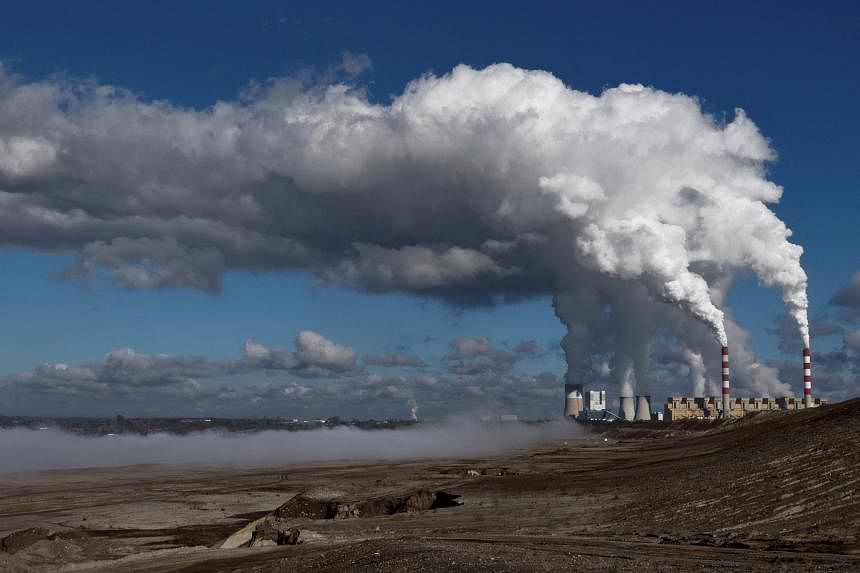WASHINGTON - The richest 1 per cent of the global population are responsible for the same amount of carbon emissions as the world’s poorest two-thirds, or five billion people, according to an analysis published on Nov 19 by the non-profit Oxfam International.
While fighting the climate crisis is a shared challenge, not everyone is equally responsible, and government policies must be tailored accordingly, Mr Max Lawson, who co-authored the report, told news agency AFP.
“The richer you are, the easier it is to cut both your personal and your investment emissions,” he said. “You don’t need that third car, or that fourth holiday, or you don’t need to be invested in the cement industry.”
The report, titled Climate Equality: A Planet For The 99%, was based on research compiled by the Stockholm Environment Institute, and examined consumption emissions associated with different income groups up to the year 2019.
It was published as world leaders prepare to meet for climate talks at the COP28 summit in Dubai later in November. Fears are growing that limiting long-term warming to 1.5 deg C may soon be impossible to achieve.
Among the key findings of this study are that the richest 1 per cent globally – 77 million people – are responsible for 16 per cent of global emissions related to their consumption. That is the same share as the bottom 66 per cent of the global population by income, or 5.11 billion people.
The income threshold for being among the global top 1 per cent was adjusted by country using purchasing power parity – for example, in the United States, the threshold would be US$140,000 (S$188,000), whereas the Kenyan equivalent would be about US$40,000.
Analyses of individual countries also painted very stark pictures.
For example, in France, the richest 1 per cent emit as much carbon in one year as the poorest 50 per cent in 10 years.
Excluding the carbon associated with his investments, Mr Bernard Arnault, the billionaire founder of Louis Vuitton and richest man in France, has a footprint 1,270 times greater than that of the average Frenchman.
The key message, according to Mr Lawson, was that policy actions must be progressive.
“We think that unless governments enact climate policy that is progressive, where you see the people who emit the most being asked to take the biggest sacrifices, then we’re never going to get good politics around this,” he said.
These measures could include a tax on flying more than 10 times a year, or a tax on non-green investments that is much higher than the tax on green investments.
While the current report focused on carbon linked only to individual consumption, “the personal consumption of the super-rich is dwarfed by emissions resulting from their investments in companies”, the report found.
Nor are the wealthy invested in polluting industries at a similar ratio to any given investor – billionaires are twice as likely to be invested in polluting industries than the average for the Standard & Poor’s 500, previous Oxfam research has shown. AFP

